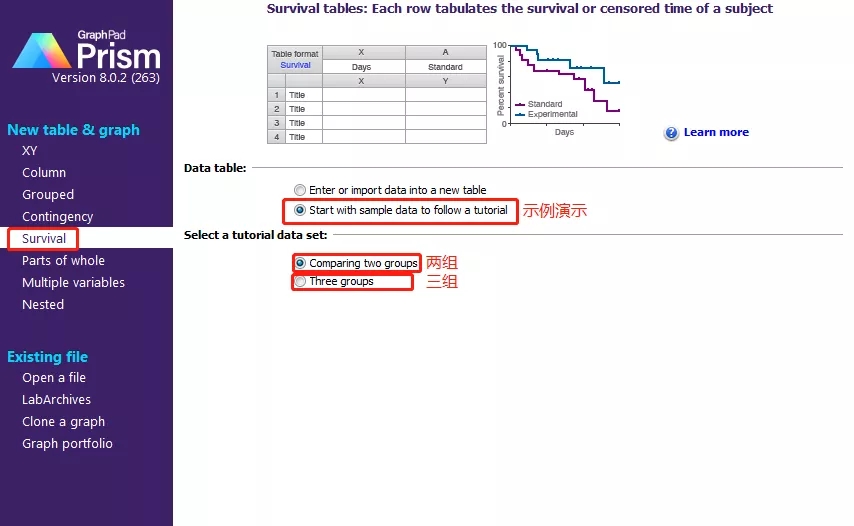

Results: Kaplan-Meier survival curves showed that in the high immune score group, the total survival time was generally higher than that in the low immune score group.

Research methods include immune and stromal scores, calculating DEGs, volcano maps and differential gene survival curves, gene enrichment analysis. Methods: The data of 265 samples were downloaded from the TCGA database to analyze the expression profile of soft tissue sarcomas. Objective: By mining the TCGA database to look for immunotherapy targets of soft tissue sarcoma, and analyzed their biological behavior. In fact, in the competing endogenous RNA hypothesis, lncRNAs can bind miRNAs, resulting in the modulation of the mRNA levels targeted by the sponged miRNA, leading to additional regulation of the target gene expression and increasing complexity in the biological processes. In this review, we analyzed the role of long non-coding RNAs (lncRNAs) in the prognosis of pRCC, with a particular focus on their networking. In the last decade, ncRNAs have gained importance as possible biomarkers for several types of diseases, especially in the cancer universe. Non-coding RNAs (ncRNAs) are functional elements which play critical roles in gene expression, at the epigenetic, transcriptional, and post-transcriptional levels. As a result, the pRCC correct prognosis remains cumbersome, and new biomarkers able to stratify patients upon risk of recurrence are strongly needed. Nonetheless, a reliable molecular biomarker able to detect the aggressiveness of pRCC is not yet available in clinical practice. However, in the last decades, the evolving comprehension of pRCC molecular features has led to a growing use of target therapy and to better oncological outcomes. Moreover, patients with non-clear cell renal cell carcinomas have been seldom included in large clinical trials therefore, the therapeutic landscape is less defined than in the clear cell subtype. For around 20 years, pRCCs have been classified according to their mere histopathologic appearance, unsupported by genetic and molecular evidence, with an unmet need for clinically relevant classification. Papillary renal cell carcinoma (pRCC) represents the second most common subtype of renal cell carcinoma, following clear cell carcinoma and accounting for 10–15% of cases.


 0 kommentar(er)
0 kommentar(er)
